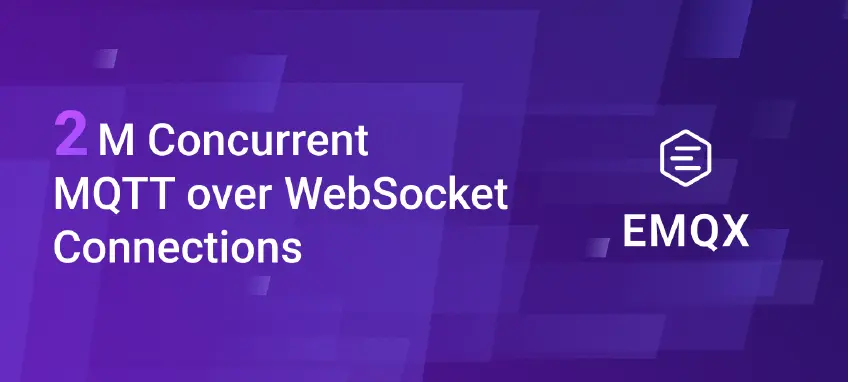
Sep 30, 2025EMQX Team
What's New in EMQX 6.0.0: Unifying MQTT and Message Queuing for a New Era of MessagingEMQX 6.0.0 introduces advanced message queuing, complete multi-tenancy, and a re-architected durable storage engine, along with expanded integrations with Snowflake, Google BigQuery, Amazon Redshift, and Amazon S3 Tables.

Sep 29, 2025EMQX Team
Announcing the Next Evolution of EMQX Cloud: A Unified MQTT Data PlatformWe are excited to announce a landmark update to EMQX Cloud, marking its evolution from a leading managed MQTT service to a comprehensive, unified MQTT data platform.

Sep 27, 2025EMQX Team
EMQX Edge 1.1.0 Released: Windows Support, Revamped HTTP Framework, and Enhanced LoggingWe are excited to announce the release of EMQX Edge 1.1.0, bringing powerful new features, enhanced performance, and improved stability to meet the evolving needs of industrial IoT deployments.

Sep 18, 2025EMQX Team
The IoT Interoperability Challenge: How to Unify Your Device Data with EMQXLearn how EMQX solves IoT interoperability challenges by unifying devices, protocols, and data into a seamless connected ecosystem.

Sep 16, 2025EMQX Team
Real-Time IoT Data Visibility: Building Traffic Mirroring with EMQX Cluster LinkingThis blog explores traffic mirroring's role in ensuring data compliance, security audits, and troubleshooting, enhanced by EMQX Cluster Linking for efficient MQTT traffic replication.

Aug 26, 2025EMQX Team
Leveraging EMQX Cluster Linking for a Smooth Hybrid Cloud MigrationLearn how to seamlessly migrate from open-source EMQX to EMQX Dedicated with Cluster Linking, ensuring zero downtime, business continuity, and scalable cloud deployment.

Aug 20, 2025EMQX Team
EMQX Platform Extends its Reach: Introducing New Regions for Seamless MQTT ConnectivityWe are excited to announce the expansion of the EMQX Platform into three new regions: AWS UAE (Middle East), AWS Central (Mexico), and Azure Canada Central.

Jul 31, 2025EMQX Team
Multi-Cloud Clusters & Cross-Cloud Migration: Breaking Free from Cloud Vendor Lock-In with Cluster LinkingEMQX Cluster Linking, a powerful feature of the EMQX MQTT platform, offers a seamless solution for connecting clusters across clouds, ensuring flexibility, scalability, and resilience for your IoT infrastructure.

Jul 22, 2025EMQX Team
Robot to Cloud: Unlocking the Future of Robotics with Seamless ConnectivityThis article delves into the crucial benefits and common challenges of connecting robots to the cloud, highlighting how robust connectivity platforms are pivotal in enabling this intelligent transformation.

Jul 15, 2025EMQX Team
Scaling to 2 Million: A Deep Dive into EMQX's WebSocket PerformanceIn this post, we’ll take you on the journey to 2 million connections, detailing our test setup, the results at each stage, and the architectural principles of EMQX that make this remarkable performance possible.

Jul 14, 2025EMQX Team
How to Install an MQTT Broker on UbuntuThis article will take EMQX as an example to introduce how to build a single-node MQTT broker on Ubuntu.

Jul 8, 2025EMQX Team
EMQX NATS Gateway: Enabling MQTT-NATS Bidirectional InteroperabilityWith the release of EMQX 5.10.0, the protocol gateway family welcomes a new addition: the EMQX NATS Gateway.
 What's New in EMQX 6.0.0: Unifying MQTT and Message Queuing for a New Era of Messaging
What's New in EMQX 6.0.0: Unifying MQTT and Message Queuing for a New Era of Messaging









